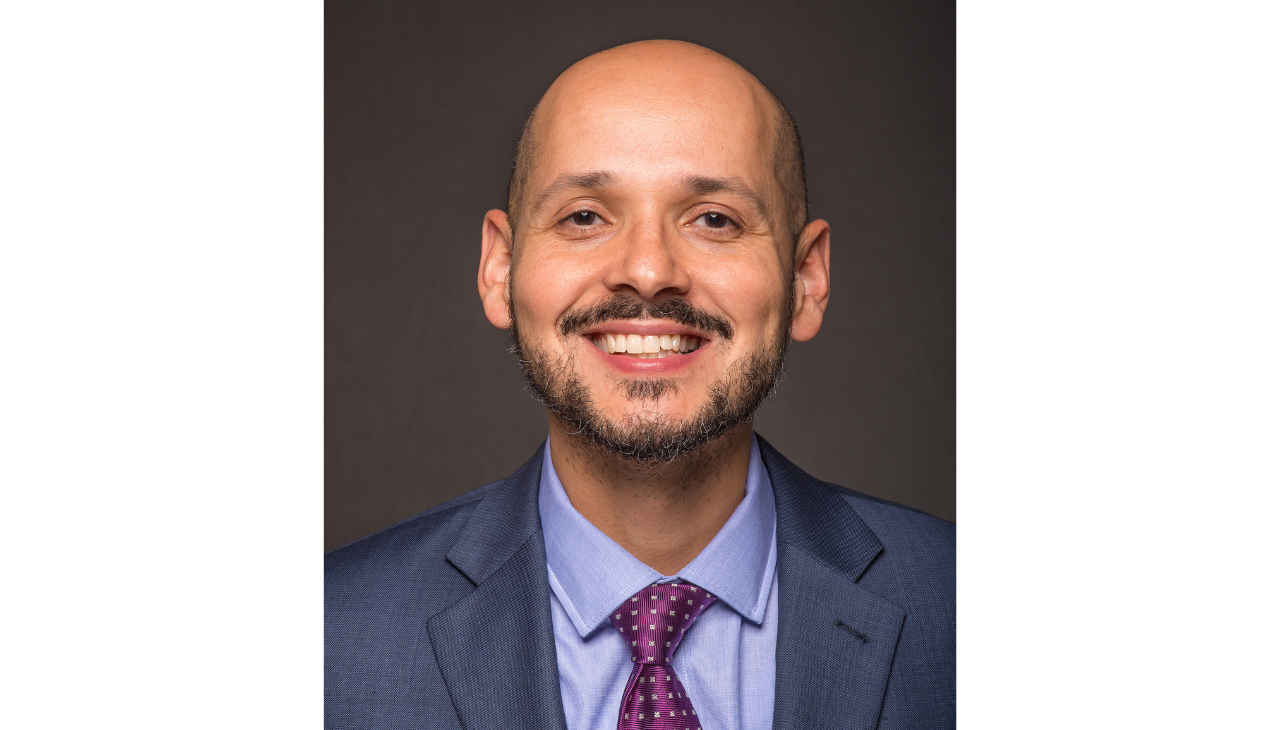
Is establishing the first bilingual and bicultural medical school feasible?
Dr. John Paul Sánchez says it's possible and he's already working to make medicine more inclusive for Latinos.
The ethnoracial disparity that exists in the medical profession continues to be an alarming problem for the Latino physician community and patients seeking health care that fits their cultural contexts. However, few talk about how this same inequity also disrupts higher education and the future of young Latinos who aspire to become the nation's next generation of physicians.
Keeping in mind the relevance of the Latino, Hispanic and Latinx student community in medicine, Dr. John Paul Sánchez, Executive Associate Vice Chancellor for Diversity, Equity & Inclusion at the Health Sciences Center (HSC), University of New Mexico and Executive Director of the Latino Medical Student Association (LMSA), announced his interest in establishing the first bilingual and bicultural medical school in the mainland United States. He immediately began to receive support from medical school deans, students, professors and, above all, from the LMSA.
As Dr. Sánchez explained to AL DÍA, LMSA is the ideal organization to lead the creation and fundraising of the school thanks to its more than 50-year history and its efforts to unify all Latino medical students from different regions.
"LMSA is the only and oldest national organization dedicated to increasing the number of students of Latina/o/x/e, Hispanic and Spanish Origin (LHS+) in medicine, osteopathic and allopathic, and ensuring that they thrive during medical school and graduate," explained Sánchez.
His hope is that such a medical school would exist within three to five years. For now, the bulk of the work to make the institution possible is focused on raising the necessary money and assembling a team with the required academic knowledge and professional preparation.
Currently, Dr. Sánchez said Latino medical students collectively contribute roughly $500 million to medical schools for academic training in the United States. For him, this is a sign that Latinos have the economic capital to make the investment required for a medical school run by and for the Latino and Hispanic community.
During the most recent conference held by the LMSA Northeast Region at Johns Hopkins University in Baltimore, Dr. Sánchez presented the idea of creating the first bilingual and bicultural mainland medical school to the students in attendance.
RELATED CONTENT
"What words/emotions come to mind when you think of the founding of this school?" asked Sánchez in one of the classrooms of the university where he made his presentation as executive director of LMSA. At the question, the students responded excitedly: "pride," "representation," "inspiration," "equity," "community," "essential," "exciting," "culture," and so on.
In 2022, 11.7% of allopathic medical students are Hispanic, as are 5.3% of faculty at institutions of higher education.
To provide some general context, according to the U.S. Census in 2022, 18.9% of the U.S. population identified themselves as Hispanic. However, only about 6% of the medical community identifies as Latino or Hispanic.
About Dr. Sánchez
Dr. Sanchez is a Nuyorican born and raised in the Bronx. His mother is a native of Moca, in northeastern Puerto Rico, and his father is from Santa Isabel, a municipality located on the south coast of the island.
He received his medical degree from Albert Einstein College of Medicine, where he completed his residency under the Jacobi/Montefiore program and was certified in emergency medicine.
He also holds a master's degree in public health with a specialization in infectious disease epidemiology from Yale University.
For the past three years, he has worked in the HSC office for the University of New Mexico, where he excels in promoting diversity, equity and inclusion — issues he’s worked on for more than 25 years. He is one of the few Latino full professors with tenure at a medical school in the U.S.



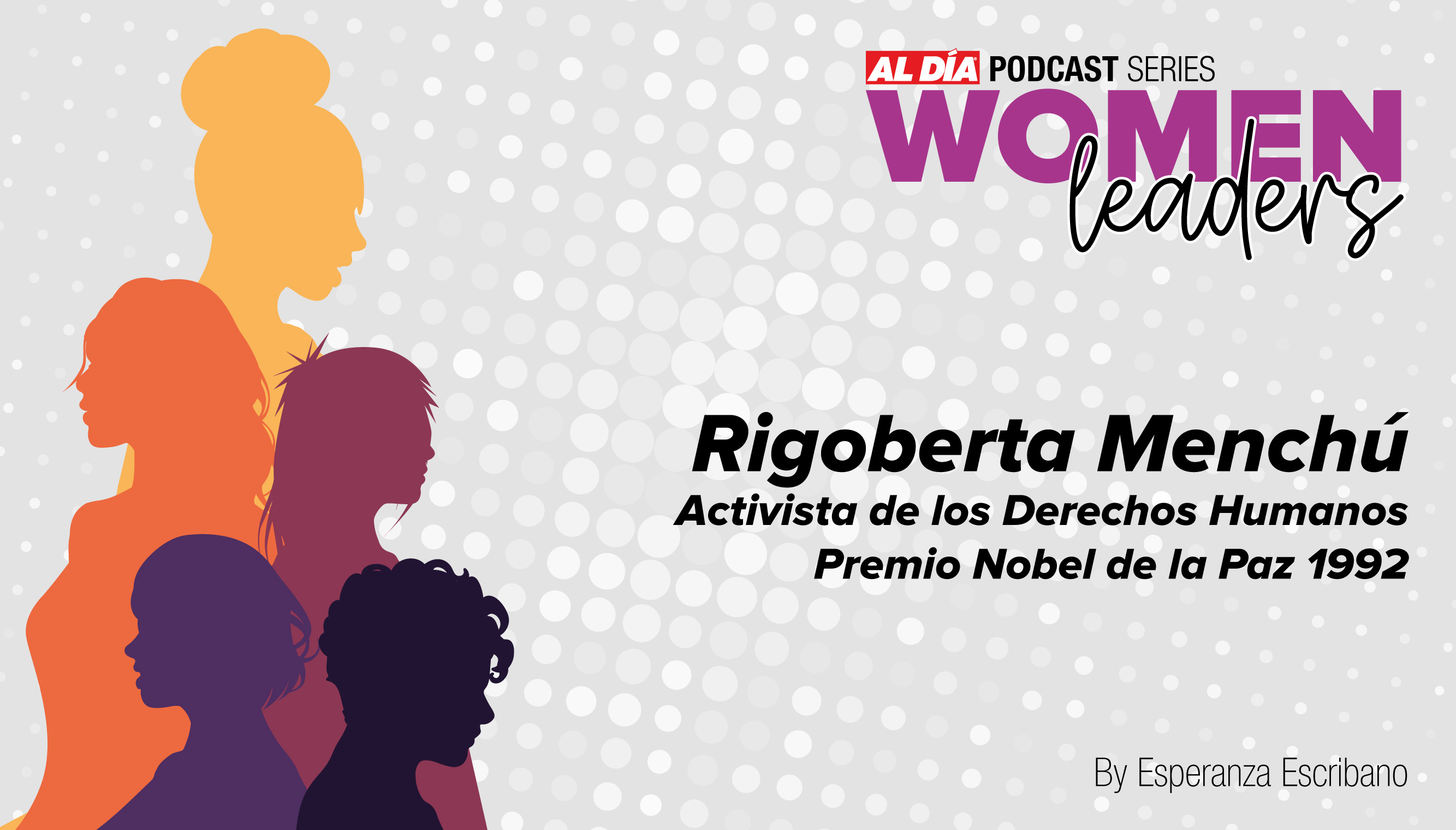
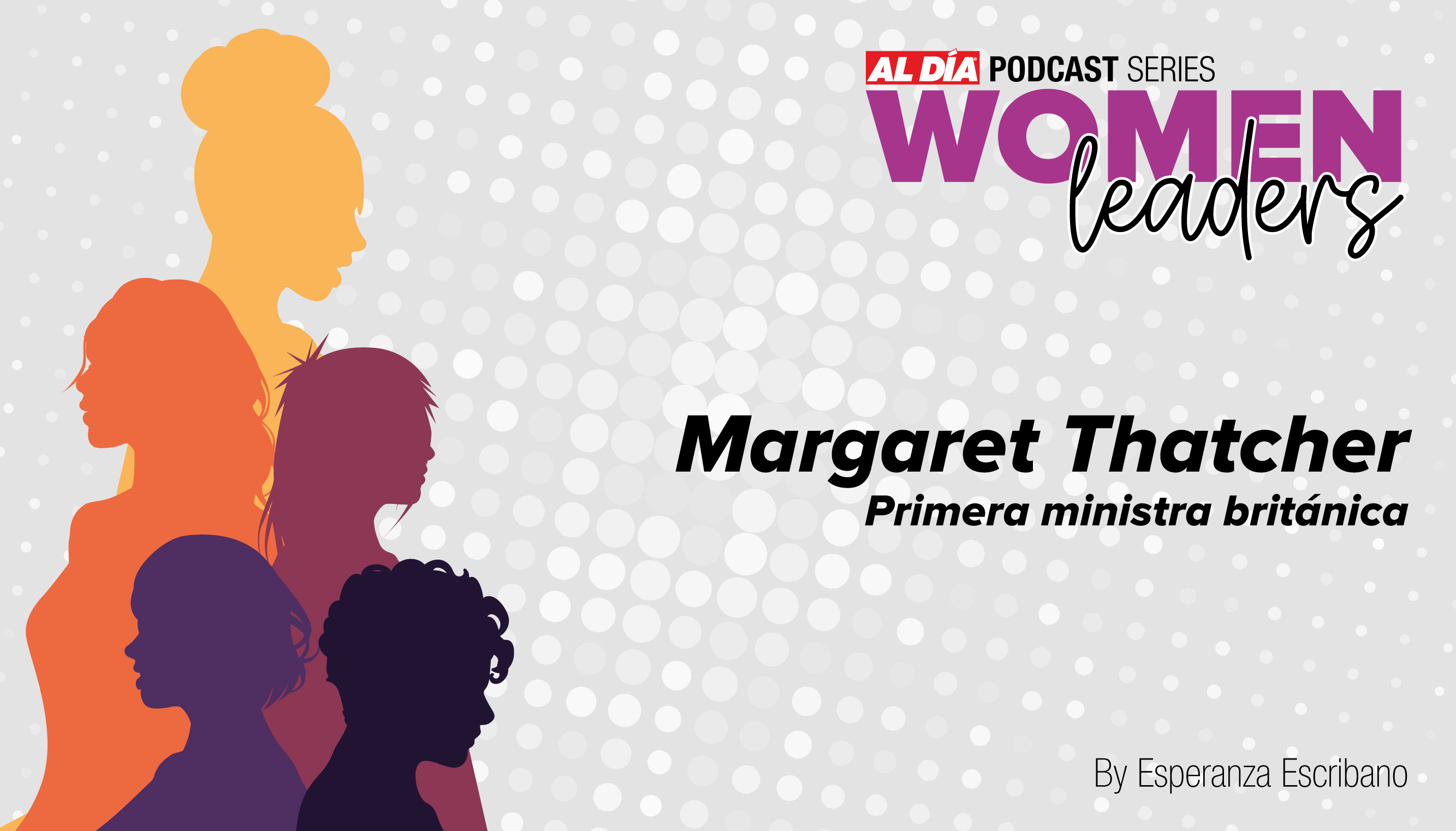

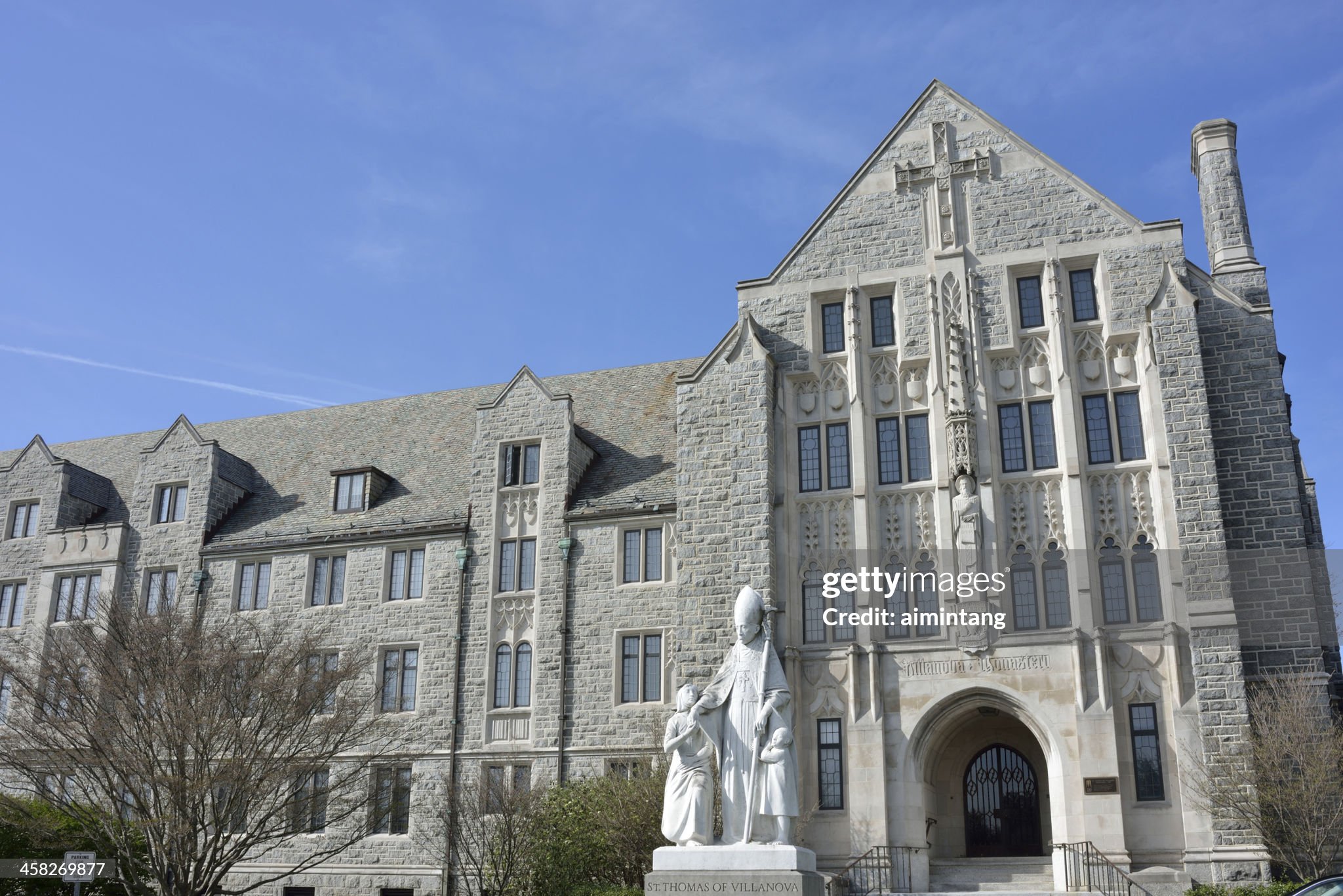
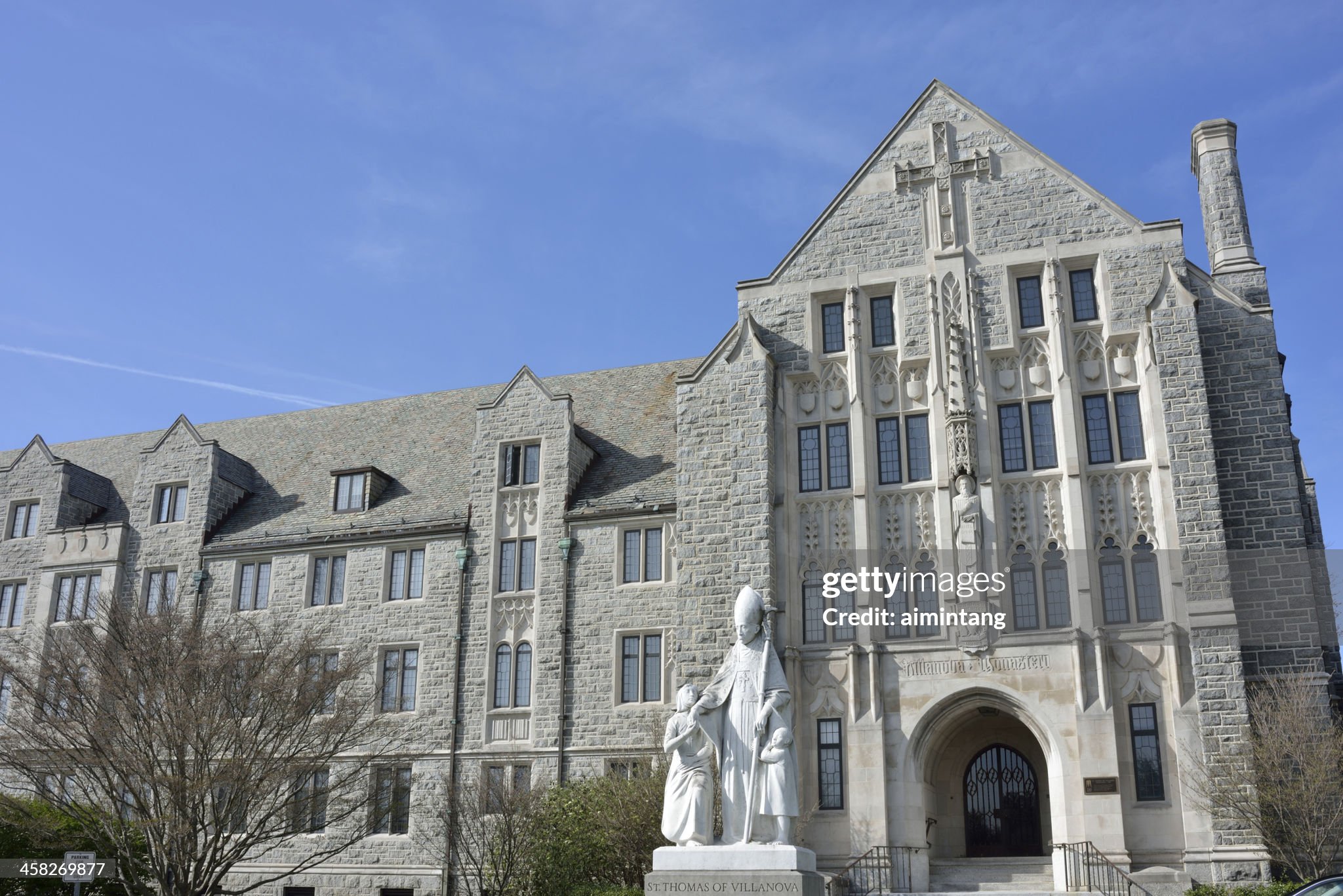

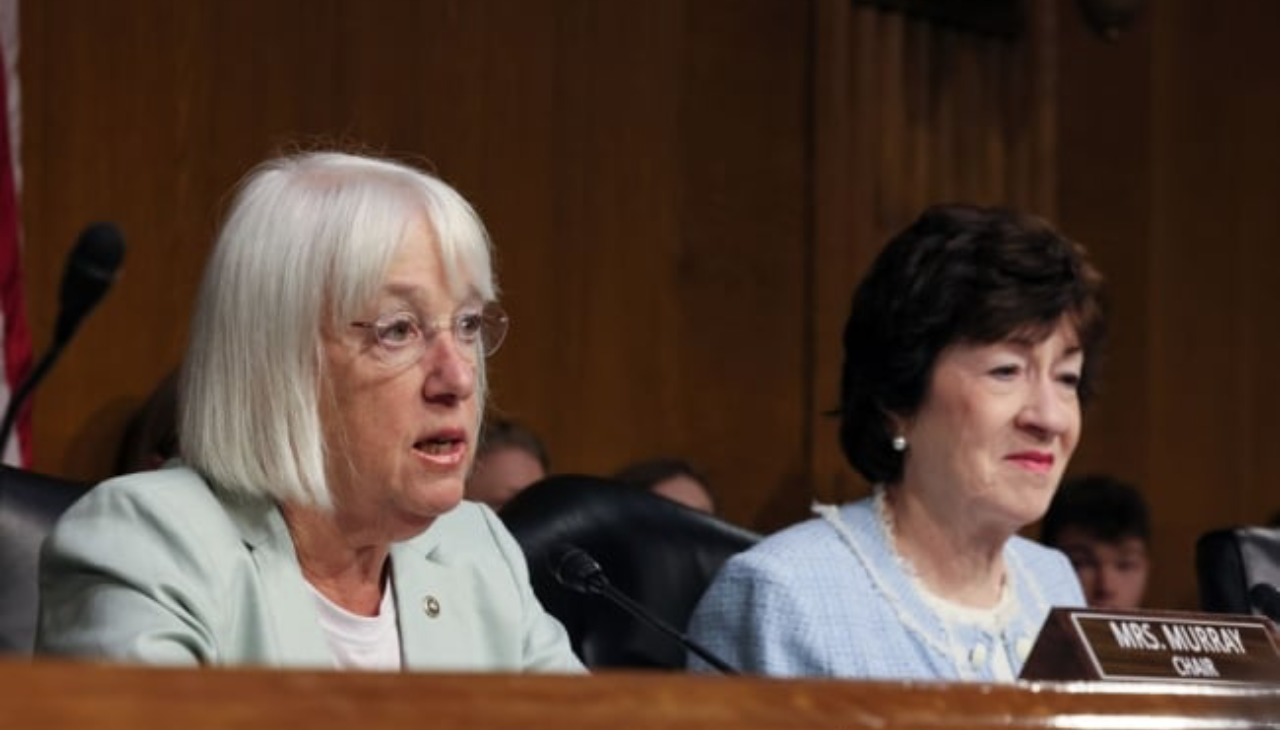
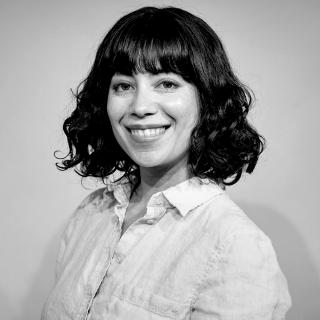
LEAVE A COMMENT:
Join the discussion! Leave a comment.